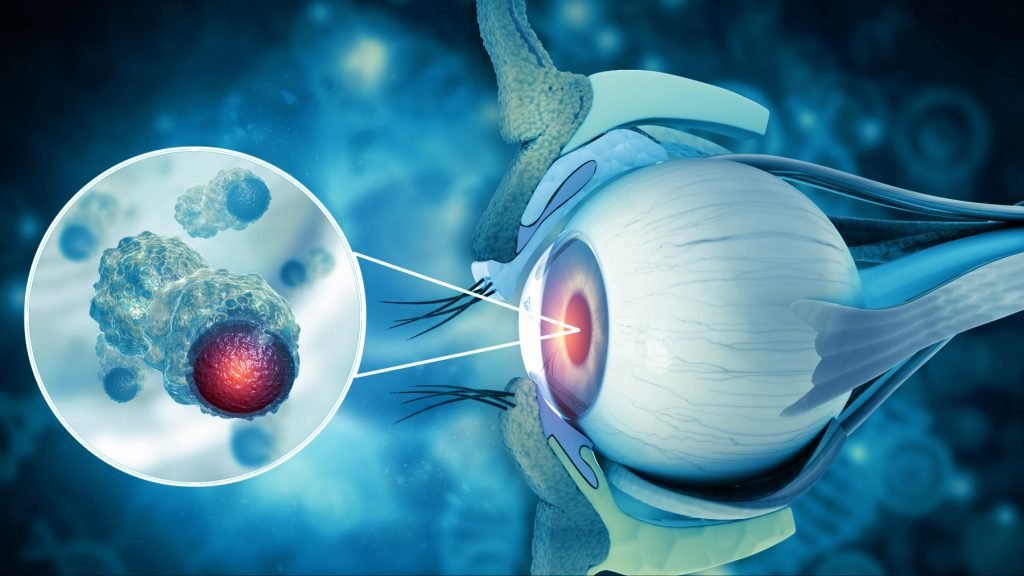
Nuala Mulholland lost her eye to cancer, but doctors managed to make her ocular prosthetics with conventional scans.
- Toddlers are notorious for their inability to stay still, so the doctors based the cool prosthetic eye on her MRI and CT scans.
- They then color-matched it to her skin for a perfect and seamless fit.
20-month-old Nuala Mulholland is the first to receive an ocular prosthetic made solely with facial scans, proving that human ingenuity and talent know no bounds.
The great thing about technological developments is that they are never bound by a specific sector. So, prosthetics, including ocular ones, have evolved so much since the days of wood and leather. Their manufacturing processes have also kept up with the times, but sometimes, as advanced as these processes are, they just won’t cut it. But fear not, as necessity is the mother of invention, and in this case, innovation.
Brave Little Girl
At 10 months old, Nuala Mulholland was diagnosed with a rare form of cancer, alveolar soft part sarcoma, which affects a person’s soft tissue, like muscles, fat, and nerves. In Nuala’s case, the disease appeared in her eye. “It was just horrendous,” said her mom. “When they called to say after her MRI it was a tumor, it was devastating.”
Following the confirmation, her parents had to make a difficult decision: remove her eye and look into ocular prosthetics or radiotherapy. However, radiotherapy could be dangerous at such a young age. Ankur Raj, Nuala’s surgeon, explained to BBC that it can damage the eye orbit, halting its growth. As a result, the parents decided to go for an eye removal. And in January, she was given the all-clear.
Now came the matter of ocular prosthetics. Traditionally, making eye prosthetics is a tedious and long process, requiring patients to be still for extended periods. And if you’ve ever met a toddler, you know that those little people vibrate with energy. There was no way that Nuala would just sit still for the whole process without sedation, which the parents were not big fans of concerning everything that she had gone through.
Where There’s a Will, There’s a Way
So, the doctors decided to try a new way to make ocular prosthetics. They took magnetic resonance imaging (MRI) and computed tomography (CT) scans of Nuala’s skull. The team then reconstructed her face using these images and photos. The doctors then shaped the eye prosthetic and matched it to the other eye’s position. The color matching to the skin happened in person.
It’s always fascinating when professionals go to great lengths to care for their patients. Nothing about the technology used here is new with MRIs and CT scans having been around since the 1900s. In this case, human ingenuity shines through not the technology but rather how they’ve used it.
They took scans that even adults dread and sometimes avoid and created ocular prosthetics for her measurement. They helped her without causing her additional stress. And in a world that is hurting and bleeding, this type of kindness matters.
Final Thoughts
Life is difficult and seldom fair. Nuala’ was barely a toddler when life pulled the rug half from under her. But thankfully, her parents and doctors were there to place the rug back as best as possible. In the future, this method of making ocular prosthetics might become the standard for stress-free care during exceptionally stressful times.
Inside Telecom provides you with an extensive list of content covering all aspects of the tech industry. Keep an eye on our Community section to stay informed and up-to-date with our daily articles.